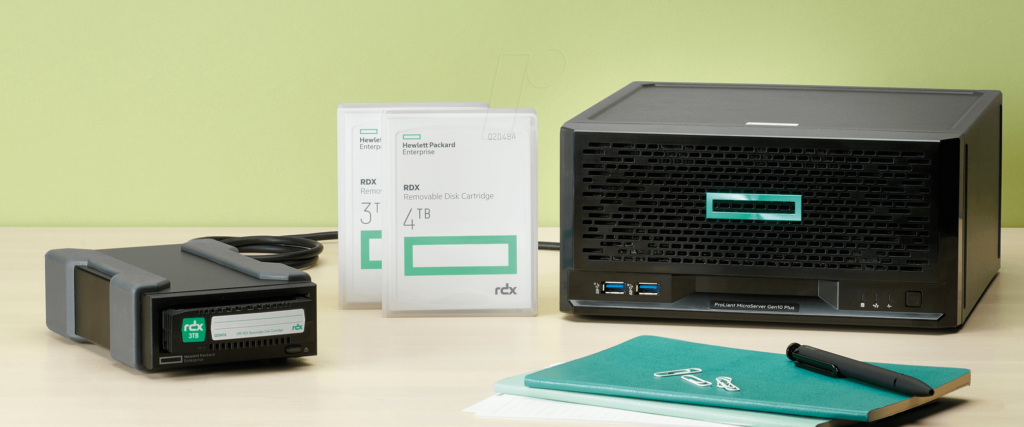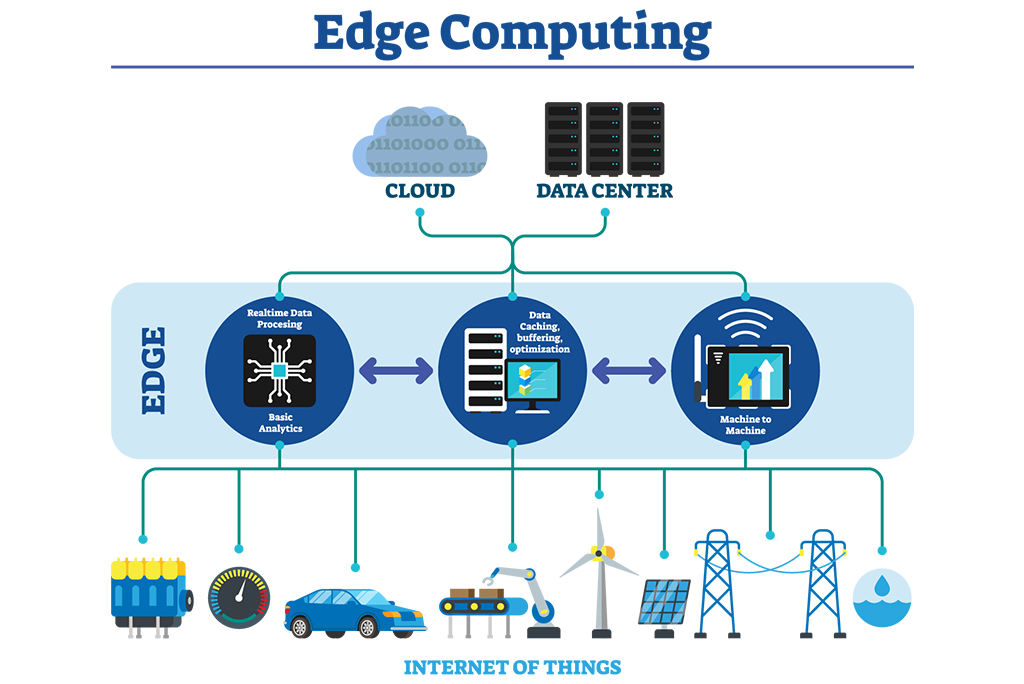How to build Lightweight Infrastructure for Mobile Edge Computing based on mini-pc?
Below, we describe the Lightweight infrastructure for Mobile Edge Computing (MEC)
https://www.researchgate.net/figure/A-typical-mobile-edge-computing-scenario_fig1_335024611

Steps
Building a Portable Edge Computing based on MILITARITY solutions involves the following steps:
Hardware Selection
Choose a mini-pc with an Intel i5 CPU suitable for your needs. Consider factors such as CPU performance, power consumption, storage capacity, and connectivity options. Make sure it supports the necessary interfaces like USB, Ethernet, and wireless connectivity.
Operating System (OS) Installation
Install a lightweight operating system on the mini-pc, such as Linux distributions (e.g., Ubuntu, Debian, Fedora) optimized for minimal resource usage. Ensure the OS supports Intel i5 CPU architectures.
Software Requirements
Identify the software stack required for MEC applications. This may include virtualization software (e.g., Docker, Kubernetes) to isolate and manage applications, and MEC frameworks (e.g., OpenNESS, EdgeX Foundry) for seamless deployment and execution of edge applications.
Connectivity
Ensure the mini-pc has Ethernet and wireless connectivity capabilities. Connect it to the network using a reliable Ethernet cable or set up a wireless connection to the internet.
Security Considerations
Implement security measures to protect the infrastructure and data. This may include steps such as configuring firewalls, enabling encryption protocols, setting up user authentication, and keeping the software stack updated with security patches.
Resource Management
Optimize resource allocation and management on the mini-pc to ensure smooth operation of MEC applications. Monitor CPU, memory, and storage usage, and fine-tune the system to allocate resources based on the specific requirements of the applications running on the infrastructure.
Testing and Validation
Test the deployment by running sample MEC applications and validating their performance. Monitor latency, response time, and overall system behavior to ensure the infrastructure meets the desired requirements.
Scalability and upgrade-ability
Plan for scalability and future upgrades. Ensure the mini-pc supports expandable storage options or additional processing units if needed. Also, consider the flexibility of the chosen MEC framework to accommodate future changes in the ecosystem.
Documentation and maintenance
Document the setup and configuration of the infrastructure, including any customizations made. This will assist in troubleshooting and future maintenance. Regularly update the system with the latest software patches and security updates.
By following these steps, you can build a lightweight infrastructure for Mobile Edge Computing using a mini-pc with an Intel i5 CPU. The infrastructure can support MEC applications and provide low latency and high computing capabilities at the edge.
Lightweight Hardware
Here are examples of mobile servers, they can be customized and scaled based on specific requirements.
Raspberry Pi 4, 8MB

A small, affordable, and versatile single-board computer that can be used as a mobile server for various applications.
Odroid XU4

Another compact and powerful single-board computer that can be used as a mobile server for tasks such as media streaming or file sharing.
Asus Tinker Board

A credit-card sized computer that can run a variety of server applications, making it suitable for mobile server setups.
Nvidia Jetson Nano

Designed specifically for AI and machine learning applications, the Jetson Nano can also be used as a mobile server for running AI models on the go.
Intel NUC

A line of mini PCs that can be configured as mobile servers for tasks such as virtualization, home automation, or media serving.
HP ProLiant MicroServer

A small form factor server that is suitable for mobile server deployments, offering features like remote management and expandable storage options.
Supermicro SuperServer

A line of highly customizable servers that can be configured as mobile servers for various demanding applications, such as data analytics or machine learning.
- Przenośna serwerownia w kontenerkach - 9 listopada, 2023
- MobilnaSerwerownia w Edge computing - 9 listopada, 2023
- Lekka Mobilna Serwerownia i Studio Nagrań - 9 listopada, 2023

